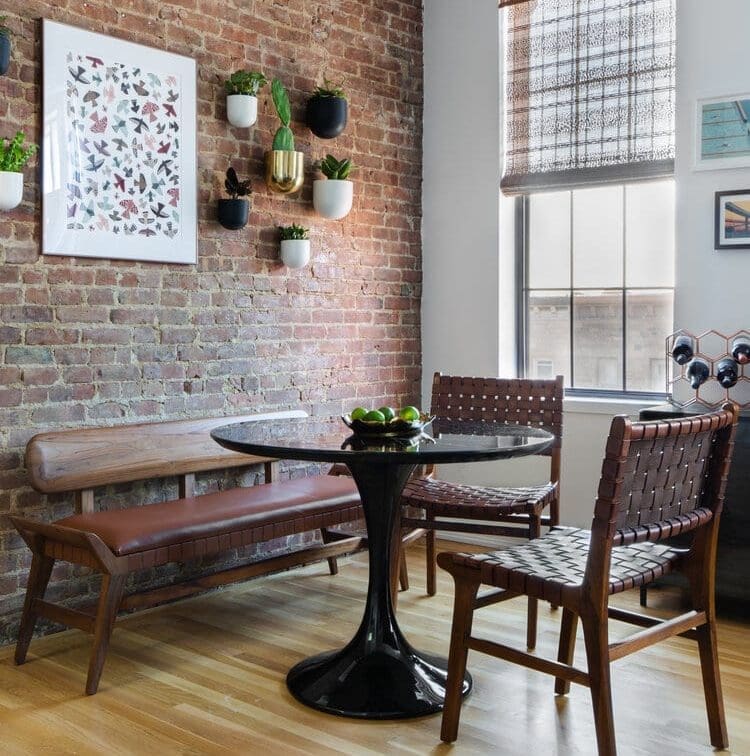Throughout the pandemic, working remotely has been a significant challenge for many interior designers across the country. However, it hasn’t stopped Elaine Burns Thompson, lead interior designer at Pistachio Designs in New York City, from producing gorgeous projects and home designs for her clients. In fact, she designed this beautiful Hoboken condo entirely remote!
The condo’s elegant design allows for natural light to illuminate each room and highlight the client’s love for vibrant colors. Burns strategically placed pops of pattern and texture throughout the space to create a mature, homey feel. But, you may be wondering how Burns was able to pull off such a stunning renovation from the comfort of her home office.
Starting with the Basics: A Style Roadmap
To start, Burns always begins her projects by developing concept boards. The designer pinpoints colors, textures, and shapes that the client prefers before sourcing furniture and fixtures. Burns says that these concept boards are important to her process. “They act as a style roadmap throughout the entire project for both myself and clients to turn back to,” she explains.
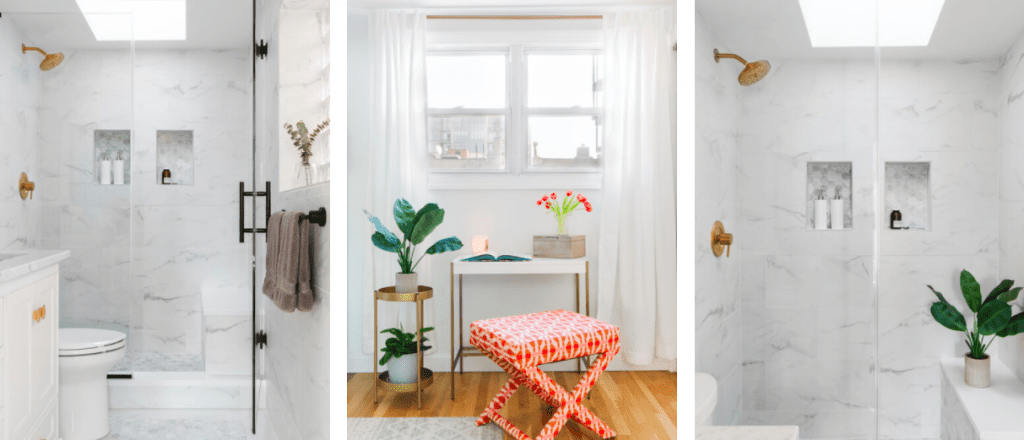
Her concept presentations, which used to be entirely in-person, are now completely virtual due to COVID-19 protocols. However, digitalizing these presentations have actually turned into a blessing in disguise. Burns says, “By developing digital boards, clients have more time to reflect and process the presentations and refer to them whenever they need.”
Grasping the style and color scheme for the condo was seamless for Burns and her clients. Before diving into the project, the condo owners researched Burns’ previous work. They found that her designs and aesthetic already resonated with them, so working together became easy. Burns’ clients outlined their vision and needs before plunging into the project. These discussions helped Burns tailor her concept board and the rest of her design plan to her client’s preferences.
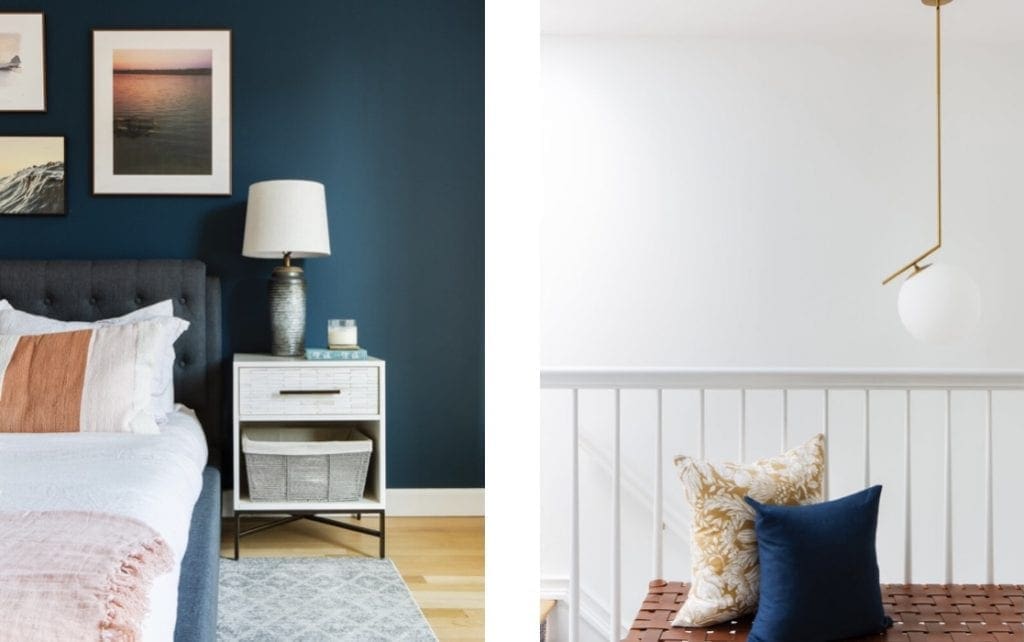
The Key to Success When Working Remote
According to Burns, the key to her success was communication. Throughout the entire project, she remained in constant contact with her clients through email, phone calls, and FaceTime. She says, “My clients were also very involved in the process and not timid assisting with receiving orders or overseeing the GCs (general contractors), which helped tremendously.” Eventually, the team was able to find a good rhythm. Burns would deliver drawings, priced and measured fabrics, and sourced furniture which her clients would approve and help install. She says, “I truly feel so lucky to have worked with such trusting, organized, and understanding clients!”
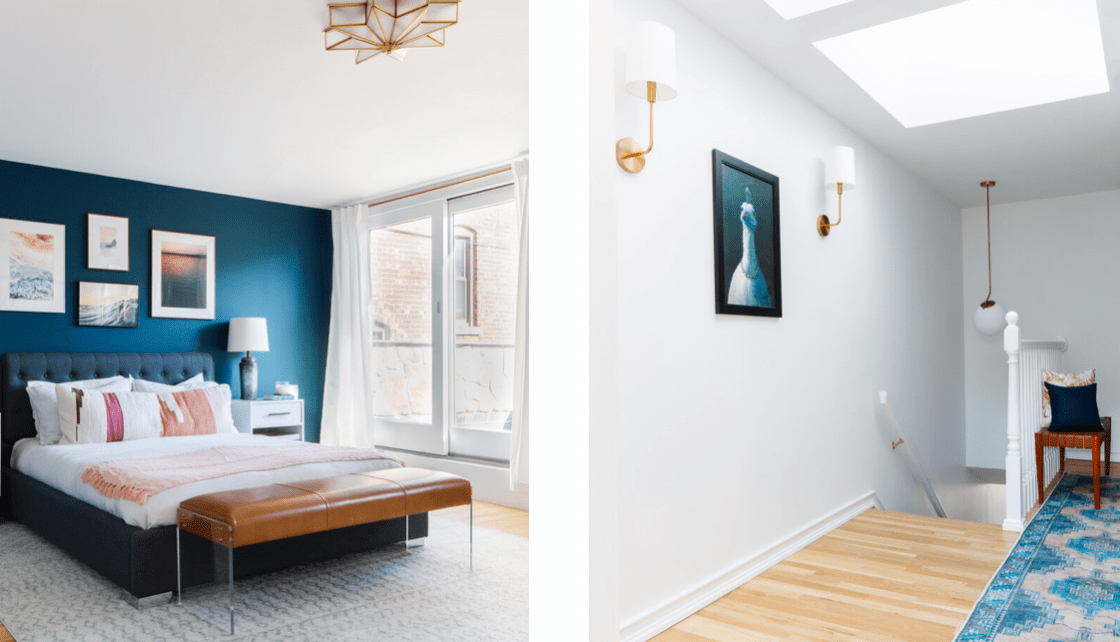
Challenges Behind Virtual Interior Design
One of the biggest challenges Burns faced designing remotely was her inability to survey the space in person. As a result, she would discover nuances about the home after a design concept had been approved. She explains that all renovations have some unexpected ‘surprises.’ However, not being able to physically be on-site to provide suggestions was not ideal.
Working remotely also takes a toll on a designer’s process and creativity. Burns especially misses interacting with her clients in person. Observing how they currently use their space, their lifestyle, and their hobbies is almost impossible from a virtual meeting. Burns emphasizes that she tries to absorb as much as she can from calls and video meetings because the smallest tidbit could serve as a design epiphany
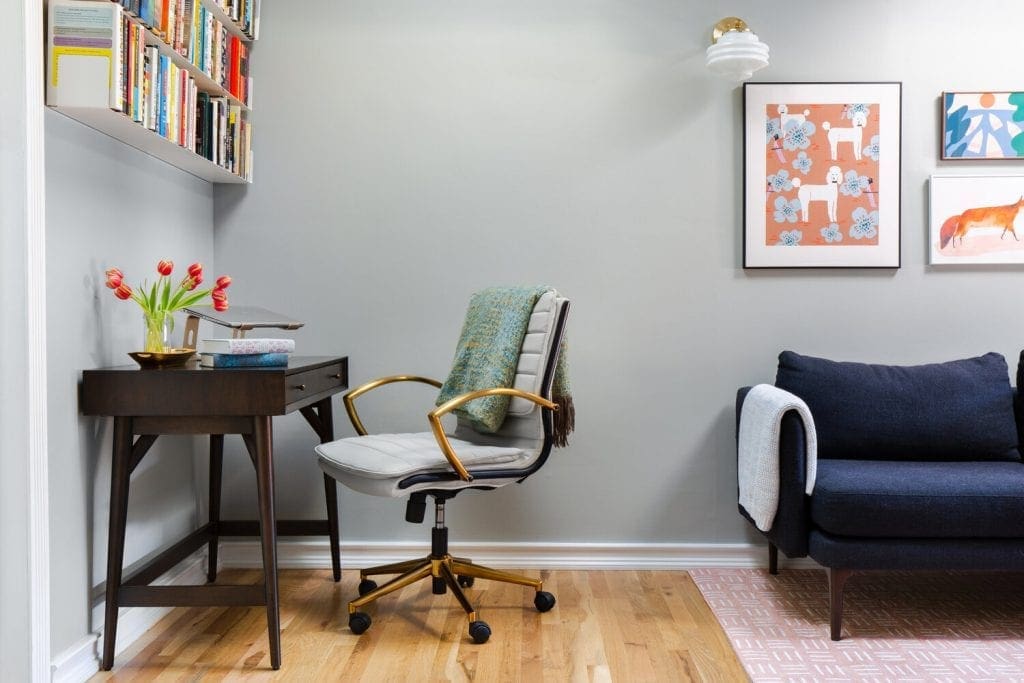
New Creative Opportunities
However, remote work comes with its benefits, too. Working virtually allowed Burns time and space to sit with her ideas and experiment with designs she hadn’t thought of before. She says, “I enjoyed the days I would spend exclusively ‘in-the-zone’ on this project and playing around with unique color combinations or room layouts.”
While this Hoboken condo designed entirely remote came with its challenges, Burns was able to captivate her clients’ visions and create truly exquisite designs. Through constant communication and collaboration, Burns and her clients developed a bond. When they were finally able to meet in person after the project was wrapped up, Burns says, “It felt like catching up with friends I hadn’t seen in a while.”
Main Image by Jacqueline Clair Photography for Pistachio Designs
Meg is studying magazine journalism and civic engagement at Syracuse University with a passion for writing and editing. She is a Jersey girl at heart and has a slight obsession with Chai Tea Lattes.
- Meg Aprillhttps://thedigestonline.com/author/maprill/
- Meg Aprillhttps://thedigestonline.com/author/maprill/
- Meg Aprillhttps://thedigestonline.com/author/maprill/
- Meg Aprillhttps://thedigestonline.com/author/maprill/


